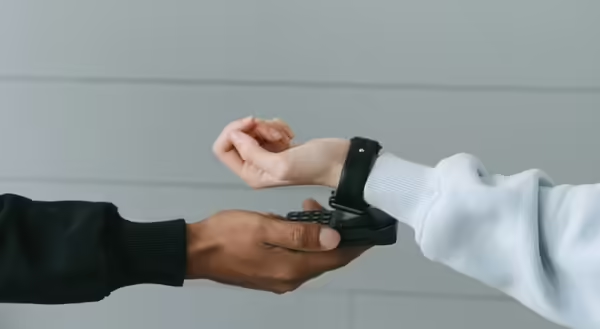
Raise your hand if you have ever used a service to send your money digitally!
*Slowly raises hand*
According to research, over three-quarters of U.S. adults have used at least one type of payment app in their lives (CFPB, 2023). The popularity and ease of sending money digitally via your phone or electronic device are increasing at an extraordinary rate! Sending money for kid’s events, splitting a restaurant bill, gifts, donations, and more is way easier now than ever. No longer is there a need to drive to the bank, fill out the withdrawal slip, and get cash or write out a check. Just send it digitally!
In a report from the Consumer Financial Protection Bureau (CFPB), it is estimated that approximately $893 billion has been used through peer-to-peer payment apps. That number is expected to reach $1.6 trillion by 2027 (CFPB, 2023). Some examples of peer-to-peer payment apps are Venmo, Zelle, PayPal, and Cash App.
I have personally used a payment app for many years, and it has been so much easier for me when I have had to coordinate booking hotels for a friend’s trip, donating to a child’s sports fundraiser, paying for a monthly subscription, and more! As a mom, I am all about hitting the easy button when I can! I was initially against the idea because I wasn’t familiar with it. But once I saw more people doing it, I jumped on the bandwagon!
As we send our money via these peer-to-peer payment apps, have we ever stopped to think about if our money is safe? What types of protections does our money have in these systems? What can we do to protect ourselves? Let’s learn together.
What is peer-to-peer payment?
First, let’s define what a peer-to-peer payment system is. A peer-to-peer payment system, sometimes called P2P, can be described as a transaction between two people with two separate bank accounts. A peer-to-peer service handles the transaction as a third party and handles all the logistics associated with it (Bankrate, 2022). There are many peer-to-peer payment systems to choose from. This payment type has grown from the original digital payments of wire transfers and ACH (Automated Clearing House).
What protections does our money have?
In traditional banking systems such as banks and credit unions, there are certain protections for depositors. If your bank is a part of the Federal Deposit Insurance Corporation (FDIC), then that means depositors of that bank are protected to at least $250,000 in the event the bank fails. Similarly, if your credit union is a part of the National Credit Union Administration (NCUA), that means they are protected in the same fashion as a bank.
The CFPB report found that consumers are leaving money in these peer-to-peer payment systems because of the additional perks these systems offer. Now we ask the question, is the money stored in these P2P systems still safe like it is in a bank? Simply meaning, if the P2P system fails what happens to the money that was in that system? The CFPB created a table within their report that explains popular payment systems deposit insurance claims.
For one popular payment system, they claim to represent that funds in their payment system are eligible for insurance if the consumer engages in opening a debit card within their payment app or another perk the app offers. In another popular payment system, insurance applies if the customer registers the account with a certain bank (CFPB, 2023). It’s important to research for yourself what insurances, if any, you are protected under and if you feel comfortable with what you are agreeing to.
It is also worth mentioning that, just like any online account, there is always the possibility of your account getting hacked. It has personally happened to me with an online payment system, and I know I am not alone. To help deter those online hacking efforts update your password regularly or use a two-factor authorization system if available, and always review the legitimacy of any emails you get.
Want to learn more about how to keep your money safe?
Explore the Protecting Your Finances portion of our updated Finances website!
Get timely updates about this and more money-related topics by signing up for Illinois Extension’s Personal Finance E-Newsletter!
University of Illinois Extension does not endorse any companies mentioned in this article.

Emily Harmon is responsible for finances programming in the counties of Champaign, Ford, Iroquois, Vermilion and other parts of Illinois as needed. Emily’s areas of interest are working with Money Mentor volunteers and providing financial literacy through research-based information. She is passionate about providing resources to empower individuals to make decisions for themselves to improve their overall financial well-being.